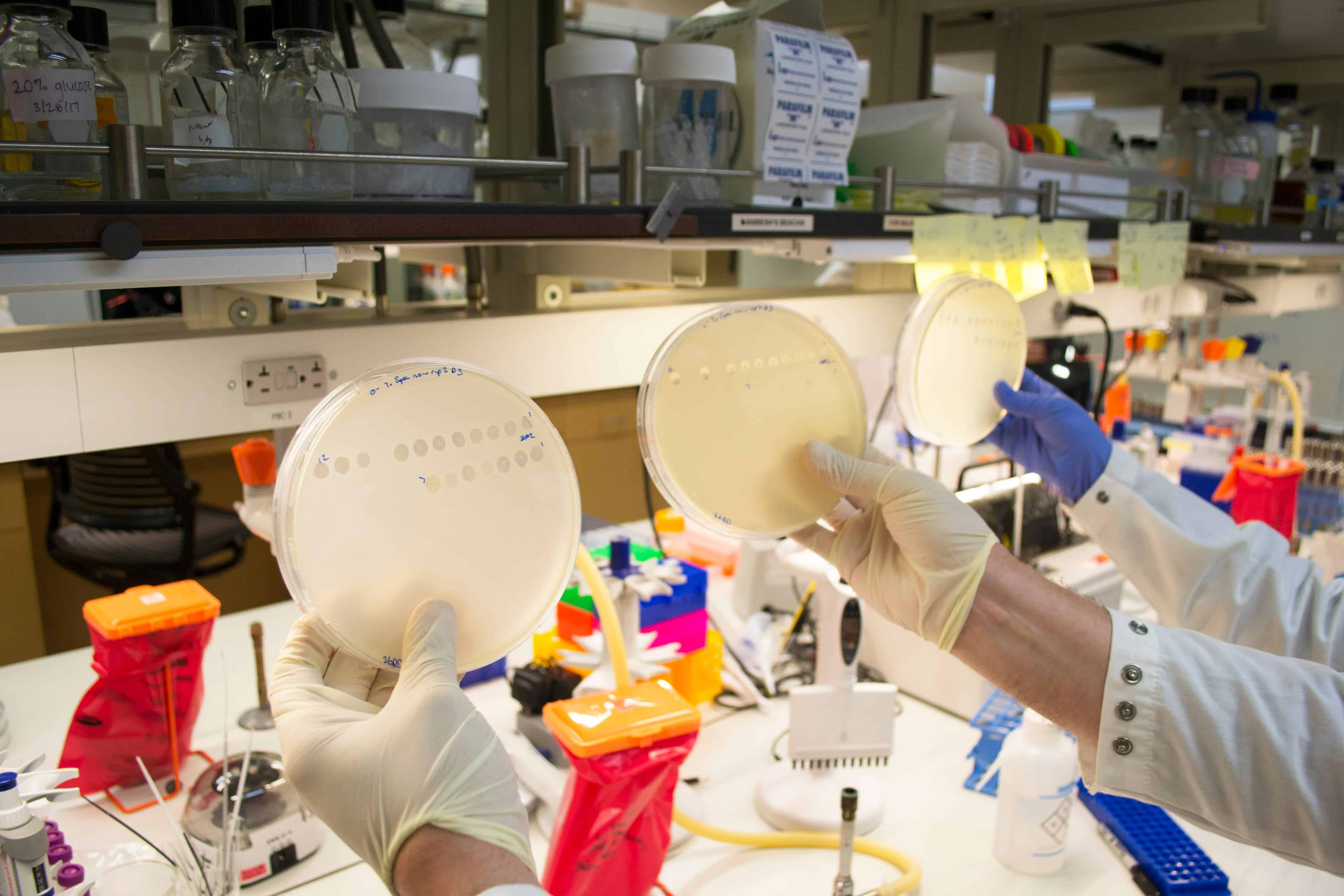Viruses are notorious for being able to infect a wide variety of hosts. The Ebola virus, for example, can be contracted by many different animals, including bats, birds, pigs, porcupines, and humans. Researchers from UC San Diego have figured out how viruses can acquire the ability to infect new hosts and it turns out to be a whole new path of evolution.
The biologists used a virus called a lambda phage, which infects bacteria, for their experiments. To infect a cell, viruses need to attach themselves to a molecular receptor. The receptor is like a lock that the virus needs a “key” for in order to infect the cell. The keys are special proteins that the virus has, called host-recognition proteins.Through mutation, viruses can gain access to many new locks. Now, researchers have discovered how they are able to do so with relatively few mutations.
The lambda virus has a protein sequence that is structurally unstable. That sounds like a negative thing, but it is what helps the virus to infect many different types of cells. You see, a single virus gene can create multiple proteins that can attach to the receptors of many different cells. By being able to generate many different types of host-recognition proteins, the virus has the chance to infect more host cells.
“We were able to capture this evolutionary process in action,” said Petrie, the lead author of the study. “We found that the protein’s ‘mistakes’ allowed the virus to infect its normal host, as well as different host cells. This non-genetic variation in the protein is a way to access more functions from a single DNA gene sequence. It’s like a buy-one-get-one-free special for the protein.”
This discovery goes against what we have known about how genetic material is translated into proteins. The researchers are now examining other viruses to see how common this evolutionary strategy is.
“Most biologists, albeit not all of them, tend to think that each polypeptide has a single folded structure. Surely proteins can become unfolded, but these are thought to lose function and become a problem for cells. We show that proteins can actually fold into a range of forms that vary in their function. We also show that possessing a range of forms can even be adaptive. Rather than a one-to-one relationship between RNA and proteins, there can be a one-to-many relationship,” said Meyer to ZME Science.
This information could help to figure out a way to more effectively combat viruses in the future. The virus’s strength, protein instability, could be turned into a weakness.
“If troublesome viruses tend to be unstable, like the ones we studied, then we can apply stress to them like increasing temperature to cause them to fall apart,” explained Meyer to ZME Science.
By having this special protein sequence, viruses are expert lock pickers and can infect a wide variety of hosts. They are even more adaptable than previously imagined. It is no wonder that viruses can be so infective across different animals.
Journal Reference: Petrie et al. 2018. Science.










